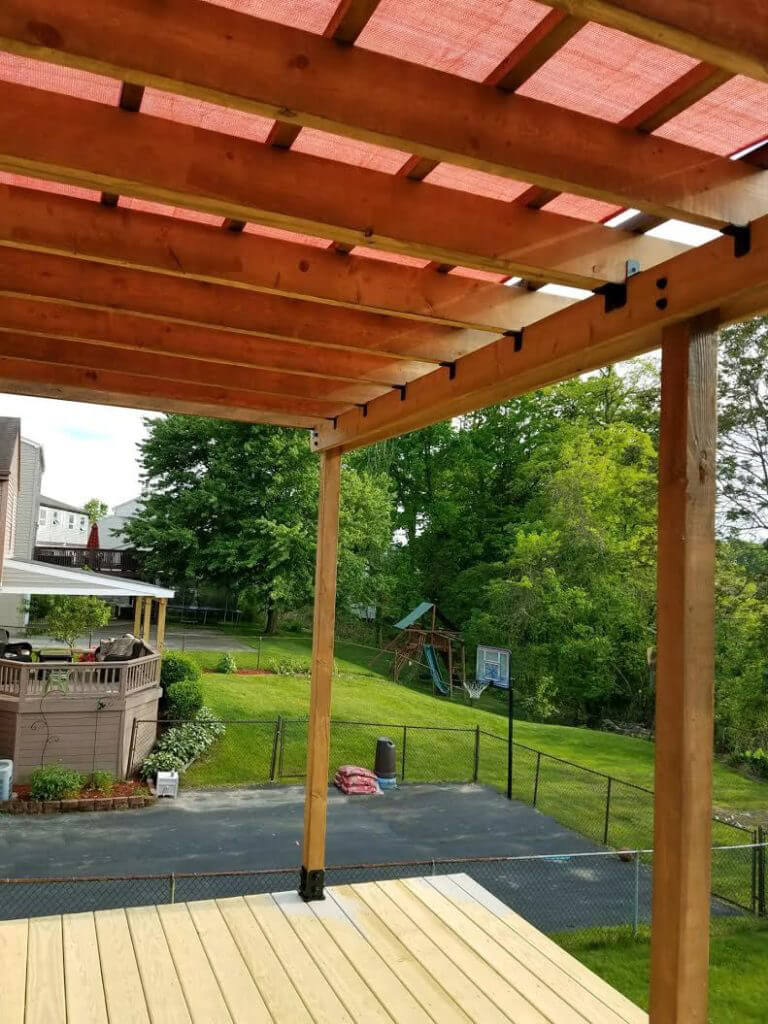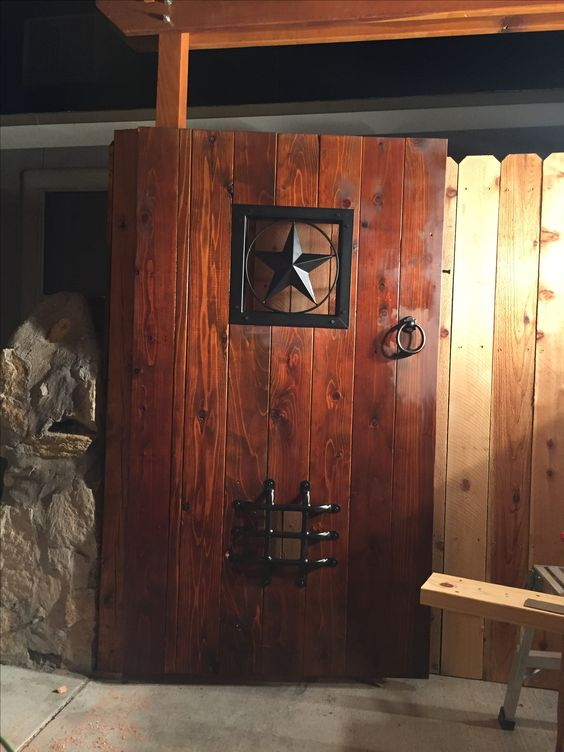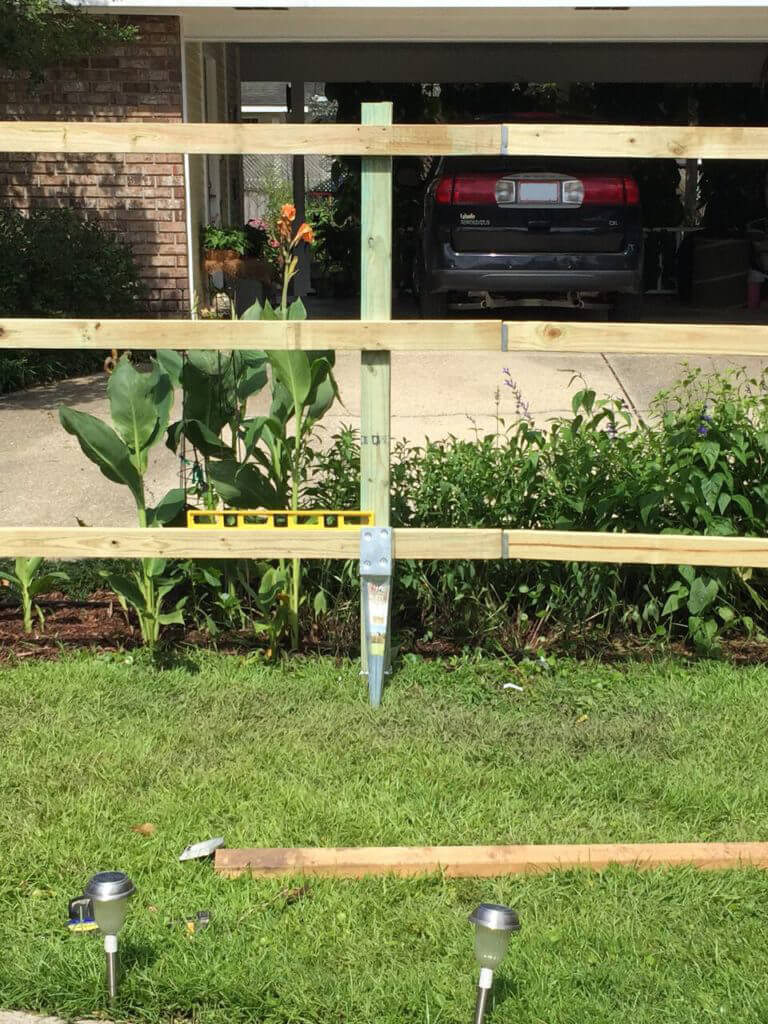DIY Outdoor Doghouse: Building a Rustic Retreat for Rover
The best thing about having friends that are as close as family is that you get to share in their most embarrassing moments. One of my favorite of these memories has to do with a doghouse that my friend’s father built for a beloved old mutt named Taco. Inspired by a surfeit of concrete left over from creating a patio and some concrete casting techniques from a survivalist magazine, my friend’s father decided to cast a doghouse instead of building one. Unfortunately, he failed to realize that, in his case, the concrete mix called for rebar reinforcement, and his initial effort collapsed. So did the second and third attempts. Undeterred, my friend’s dad pushed on. He finally succeeded by thickening the walls and thinning the roof, creating a bunker that Taco stubbornly refused to use even though my friend’s father squeezed himself into it to prove that it was safe.
This was when my friend and I arrived in the backyard to find his father stuck in the doghouse with Taco licking his face. Our feelings were, and are, that if the dog knew better than to go in, then my friend’s dad should have, too. But even if you don’t try to use concrete, building a DIY outdoor doghouse is a challenge. It’s a project that usually begins with someone saying, “How hard can it be?” and ends with a mess. Instead, try starting with the question, “What does my dog need, and why?” You should end up with a great doghouse.
Why Your Dog Needs a Doghouse
It’s not as common as it once was for people to leave their dogs out in the yard for long periods of time. A part of that change is a concern about leaving an animal unprotected in summertime heat or in winter rain and snow. But, most dogs enjoy being outside and can benefit from having freedom to run in the yard, which can make up to some extent for the lack of exercise that many of our dogs suffer from.
That’s where a doghouse comes in. A doghouse provides shelter from the worst extremes of weather, and makes it safer for your dog to be out in the yard for longer periods of time. Ideally, a doghouse isn’t where your dog lives around the clock, but it’s a place of refuge that can give you some peace of mind if you’re not around when the snow starts to fall. However, not all doghouses are equally good at keeping your dog cool in hot weather and warm when it gets cold.
Keeping Your Dog Cool in Summer and Warm in Winter
One of the most important things your doghouse will do is provide your dog a break from extreme temperatures. What counts as ‘extreme’ will vary by breed. Huskies are able to shrug off very cold weather, but can suffer in even mildly warm temperatures. Local climates should also be taken into account: a fall day in Minnesota is different from one in Mississippi.
When building your doghouse, the solution to dealing with either warm or cold weather is the same: lift the doghouse off the ground. The airflow beneath the floor provides a way to cool a doghouse in warm weather, and that same air gap helps keep the cold ground from leeching your dog’s body heat away in winter. Whether or not this space is closed in can make a difference, too. An open space beneath the house works better in warm climates because the airflow will help cool the house. In cold climates, it’s better to block the air gap beneath to keep wind from blowing your dog’s body heat away. Another plus of elevating your doghouse is that it keeps water out of the house when it rains.
Sizing a Doghouse to Fit
It’s almost equally important to make sure your doghouse is the right size for your pooch. Bigger isn’t always better. An oversized doghouse will be too large for your dog’s body heat to effectively warm. A perfectly-sized doghouse is just large enough for your dog to enter, turn around, and lie down in. The three vital dimensions are:
- Door height: The door should be 75 percent of your dog’s height at the shoulder. If your dog is 16 inches at the shoulder then the door’s height should be a little over 12 inches high. This is because most dogs duck their head when entering a doghouse.
- House height: This is the measure from the top of your dog’s head to the ground, plus at least 25 percent of that measurement. However, you don’t want to go any higher than your dog’s height plus 50 percent of that number. So for a dog 20 inches tall, you’d plan on a total doghouse height of about 25 to 30 inches.
- Length and width: The footprint of your doghouse is going to be the distance from the tip of your dog’s nose to the base of the tail, plus 25 percent of that number. A 20-inch-long dog will have a doghouse that is 25 inches by 25 inches.
Please note that these measurement guides are designed to keep your dog warm. In climates where your dog is more likely to overheat, your doghouse can be larger–and can even include windows. However, going too large may make your dog feel that his doghouse isn’t a safe place for him, so be conservative.
Building a Doghouse Roof That Will Last
Perhaps the most obvious thing your doghouse does is keep the rain (and snow and sleet) off your dog. To do this right, your dog’s home will need to have a solid roof of either shingles or rolled roofing to seal out the rain. The roof’s pitch, or angle, is an important part of a roof’s ability to shed water. The steeper the pitch, the better water runs off. In fact, steeper roofs have been shown to last longer than flat ones. You’ll also want to take your climate into consideration when choosing a roof pitch. In northern latitudes, a steeply-pitched roof will help shed snow. If you live in a warm climate, feel free to build your doghouse roof with a gentler slope.
At this juncture, dog owners who aren’t familiar with home improvement may be crying something like, “I just really like pugs, man,” in a despairing tone. Estimating measurements, calculating roof pitches, and knowing what dimensions of lumber you need can be difficult when your knowledge starts and ends with being able to swing a hammer. For dog owners who are dog lovers first and DIYers second, a pre-designed plan with a materials list may help make your life (and your dog’s life) easier.
Find a Plan for Your DIY Outdoor Doghouse
One of these kinds of plans is project plan for ‘Not Just Any Doghouse’ by OZCO Building Products. It features an open elevated area beneath the floor for airflow, and windows in the sides of the house which can help your dog stay cool in hot climates. Tweaking the design slightly by leaving out the windows would make this house perfect for cold climates as well. One of the strengths of this design is the hardware it uses, which makes it more durable than your typical doghouse. Many DIY doghouse plans call for the structure to rest on a wooden frame on the ground, which will eventually cause the doghouse floor to rot out. OZCO’s plan uses steel post bases, which look good and will keep the doghouse intact longer. This plan also uses other types of hardware–like powder-coated truss ties and coated black timber screws–that are strong and durable but also add attractive details to the project.
OZCO specializes in this kind of product–hardware that doesn’t just last a long time, but looks great, too. Their decorative hardware has a rugged, straight-from-the-forge appearance that complements not just doghouses, but any outdoor project, from Asian-inspired pergola designs to garden bench designs. This is hardware engineered at every level, with proprietary coatings (on their OWT timber screws), hot-dipped powder coatings (on their wood ties and other hardware), and completely unique designs (as in their groundbreaking timber bolts).












Leave a Reply